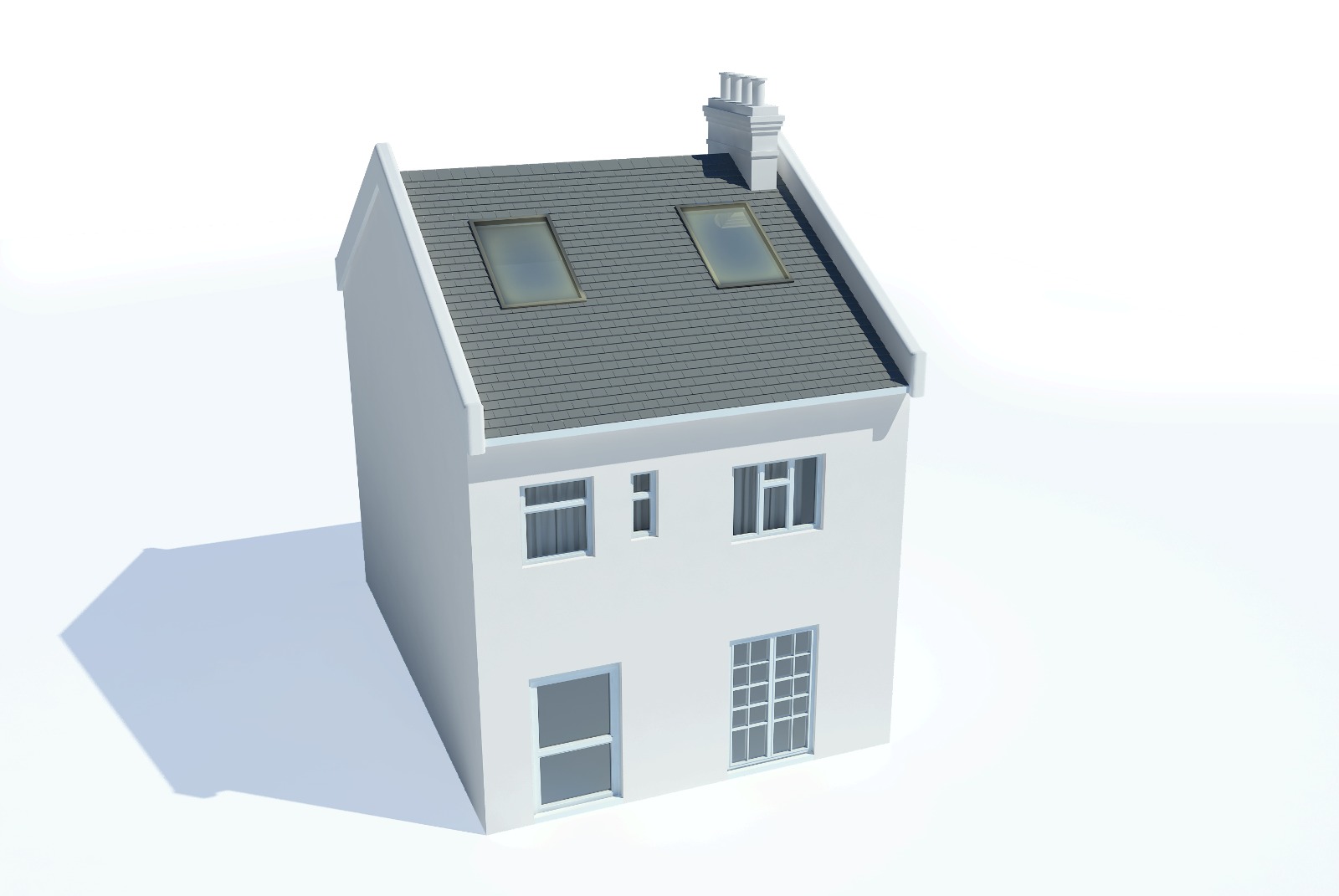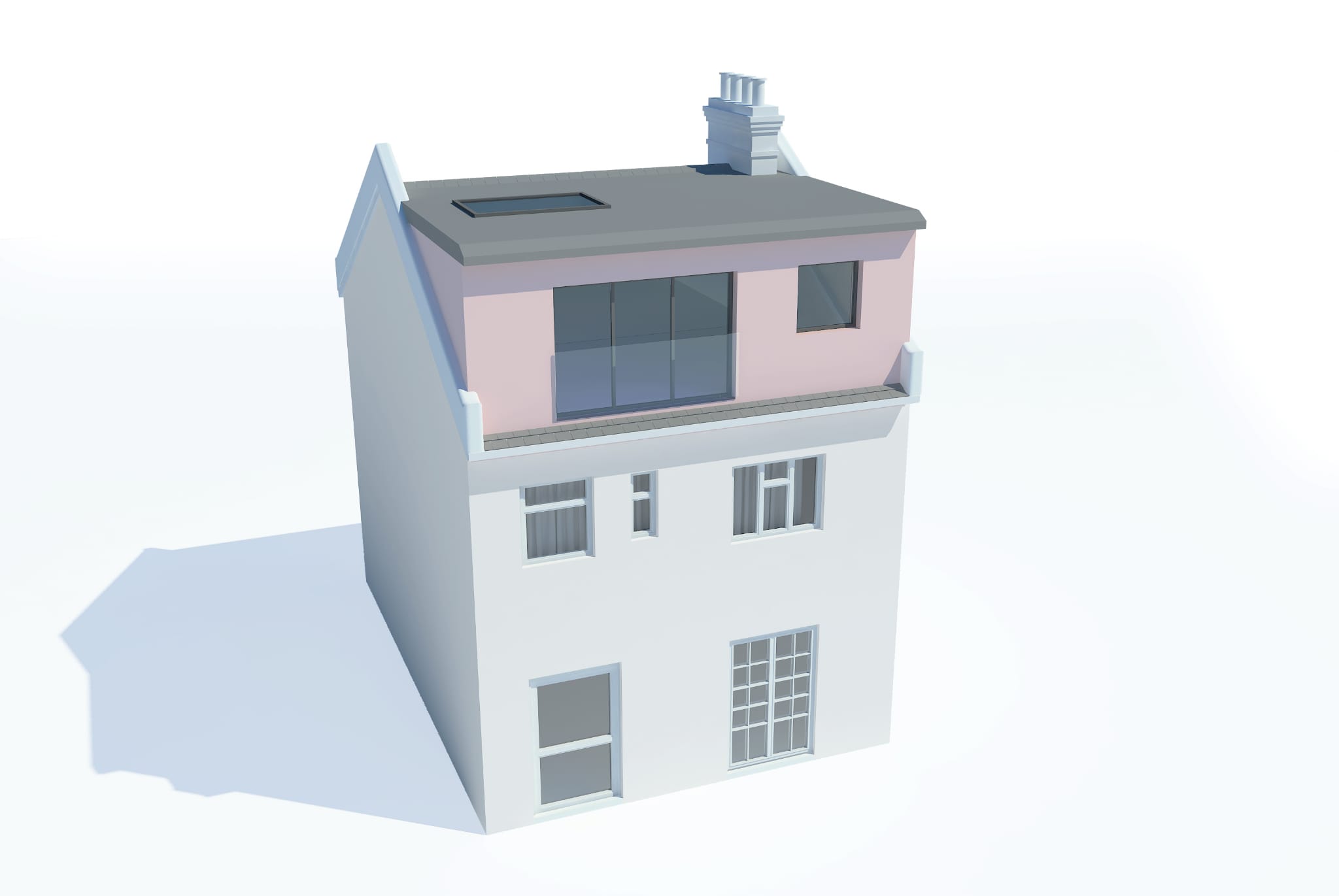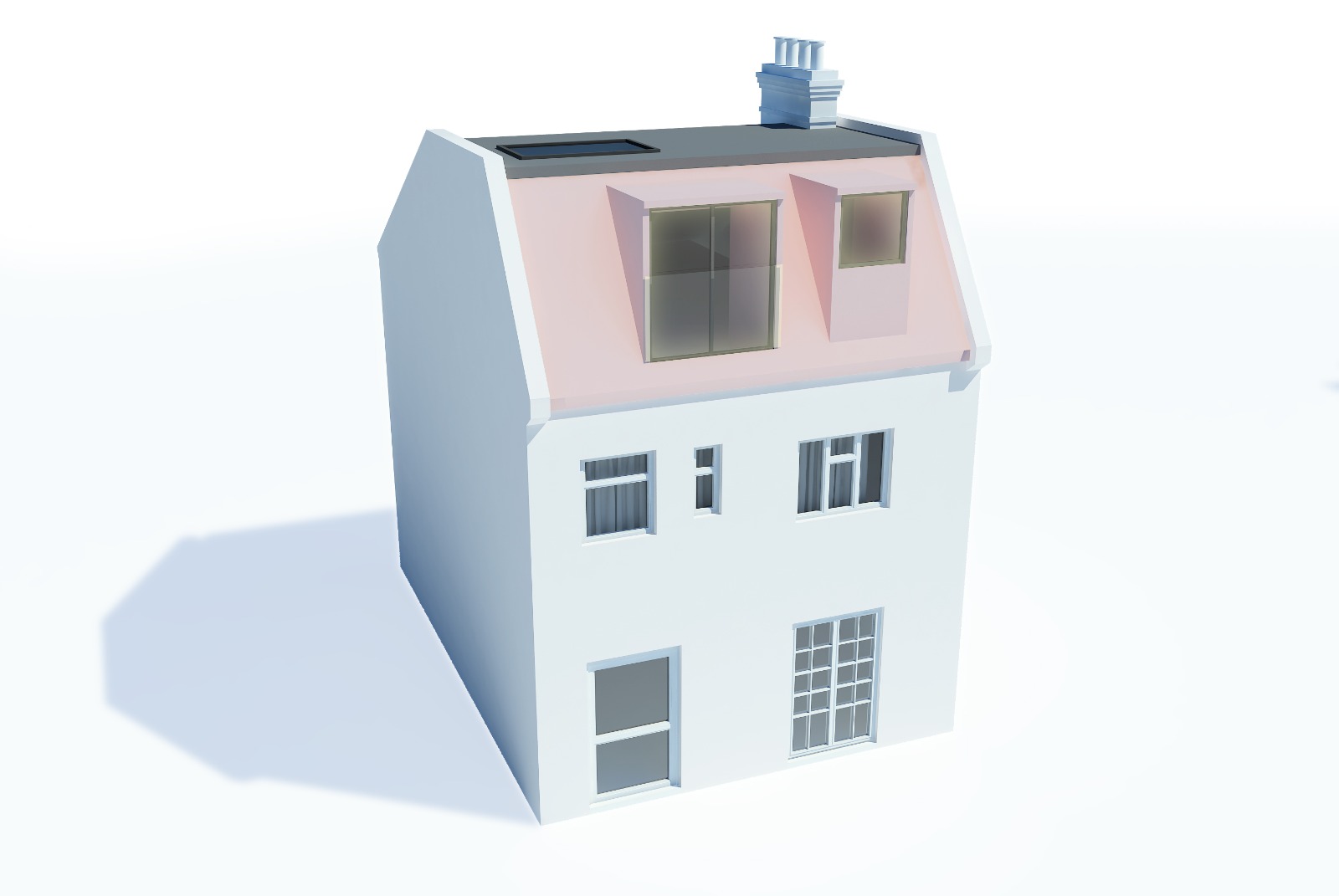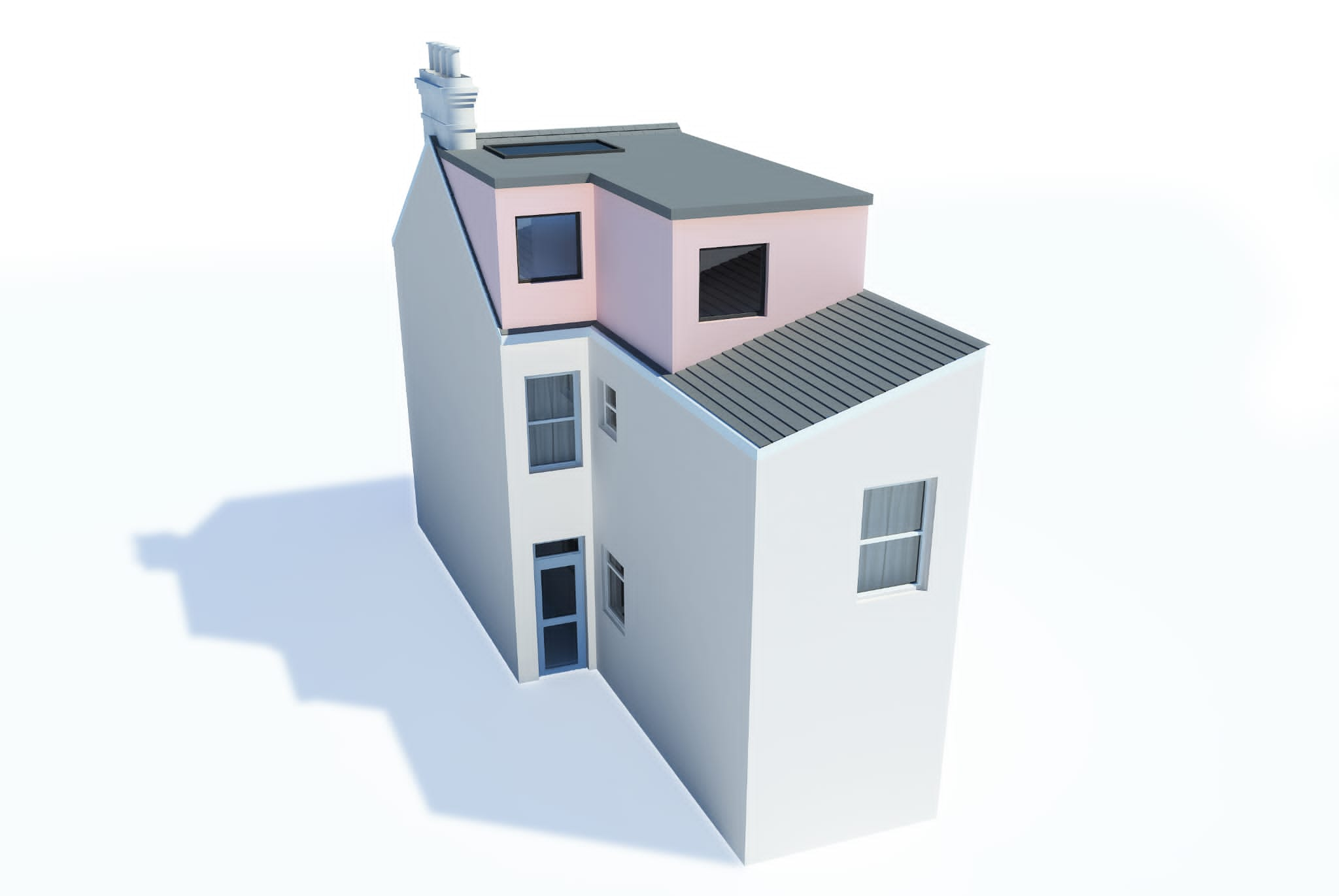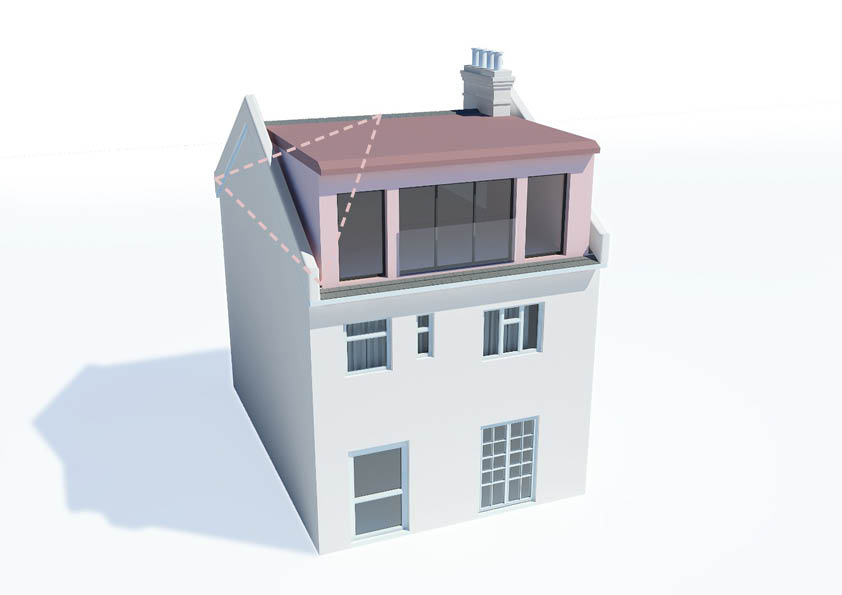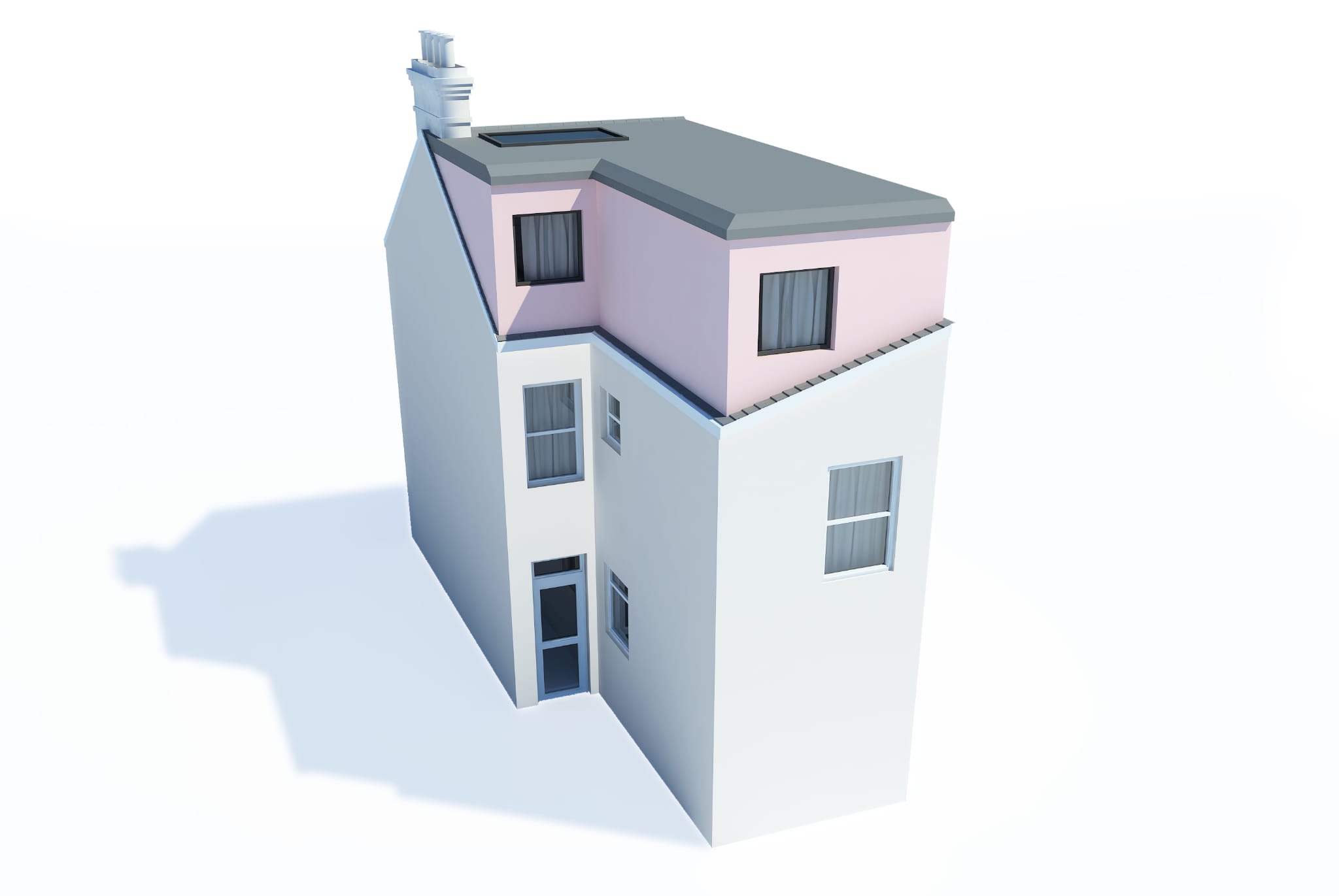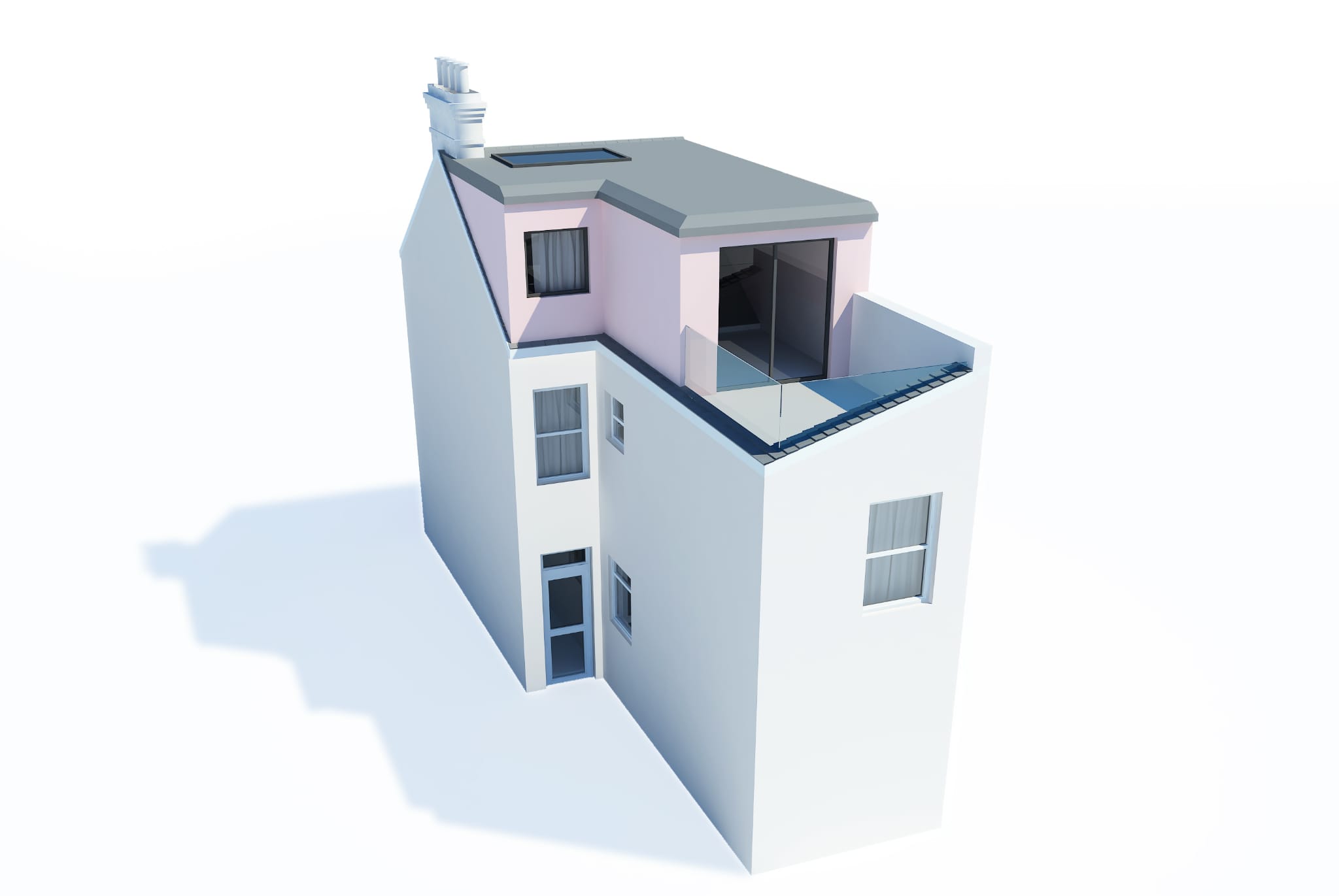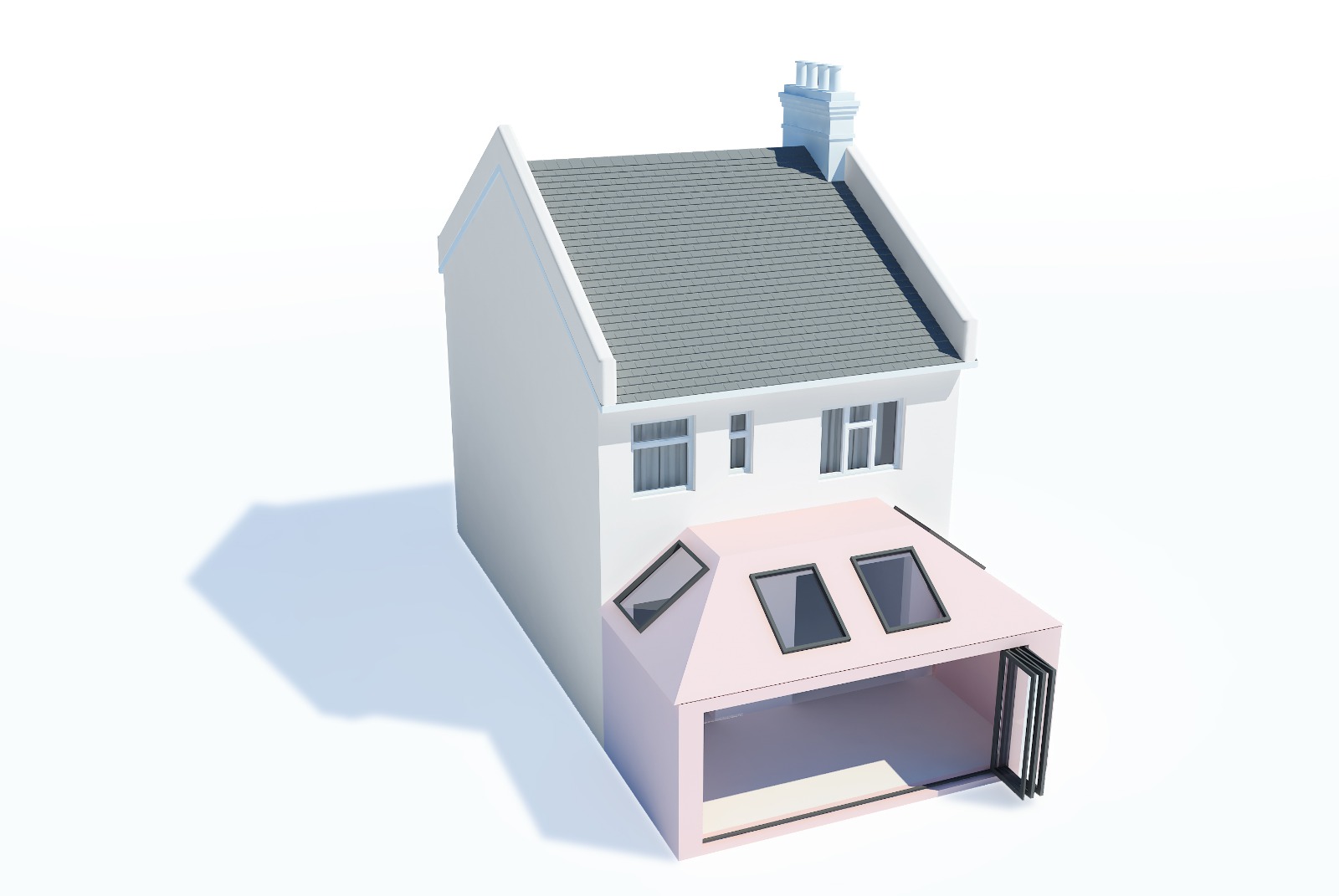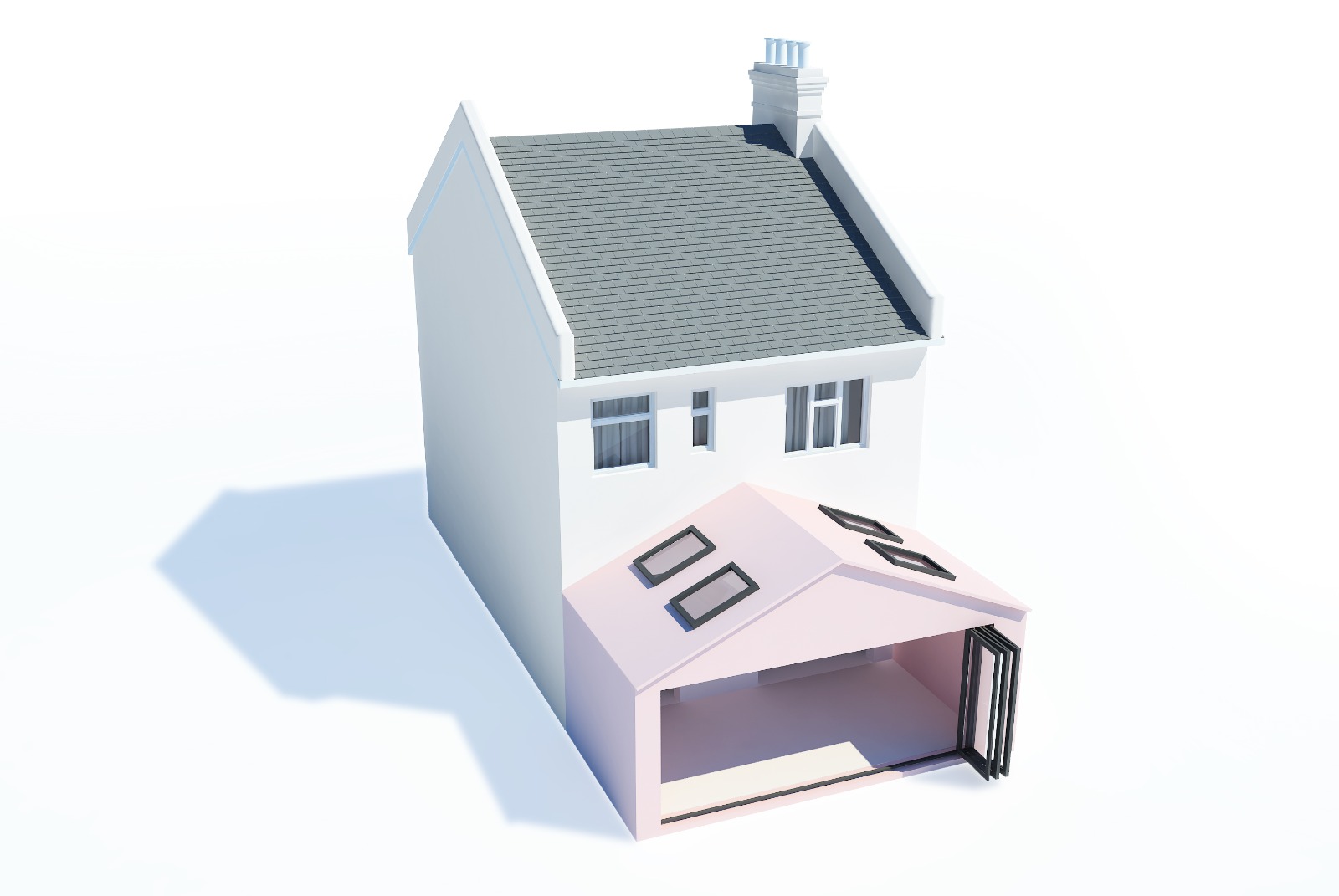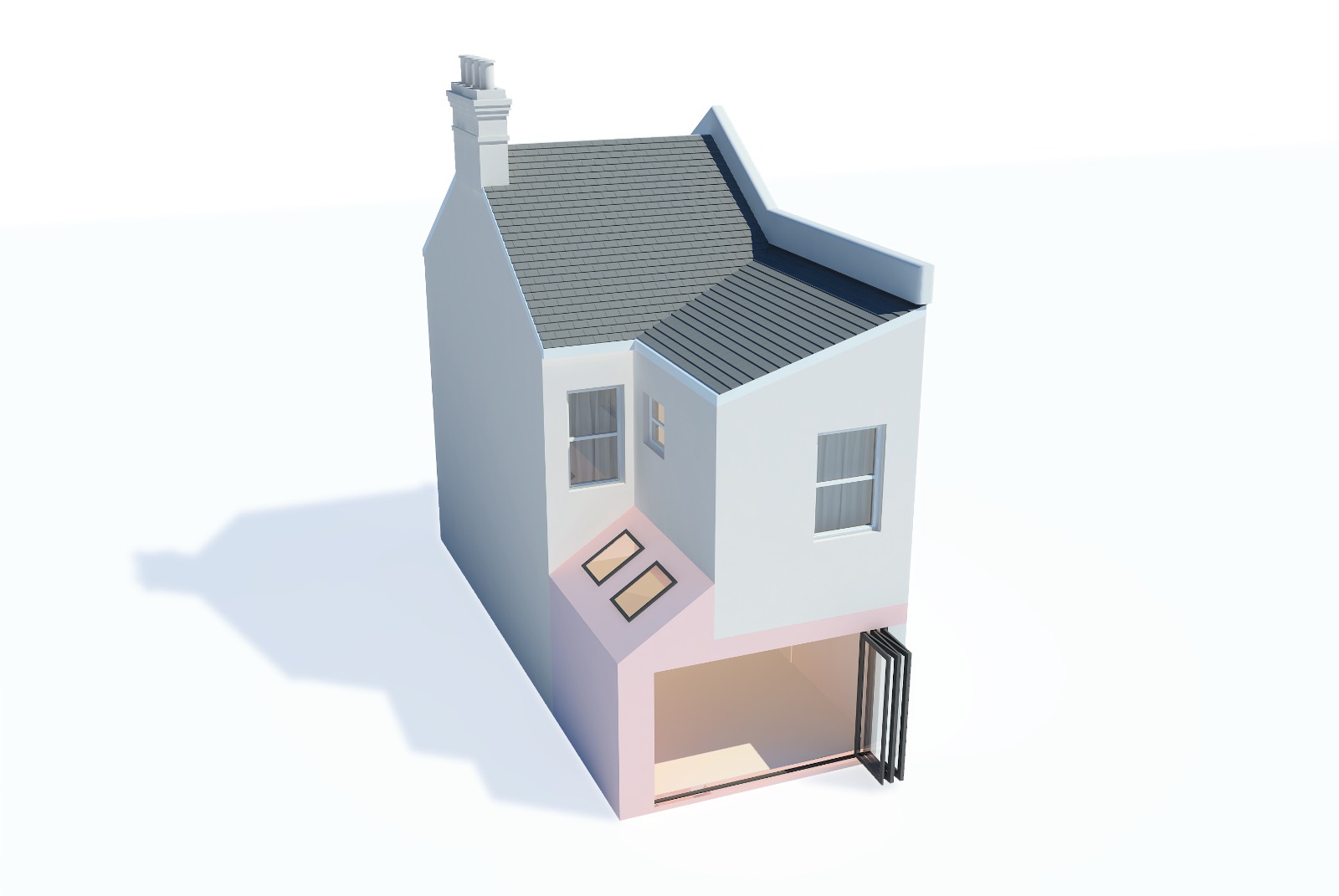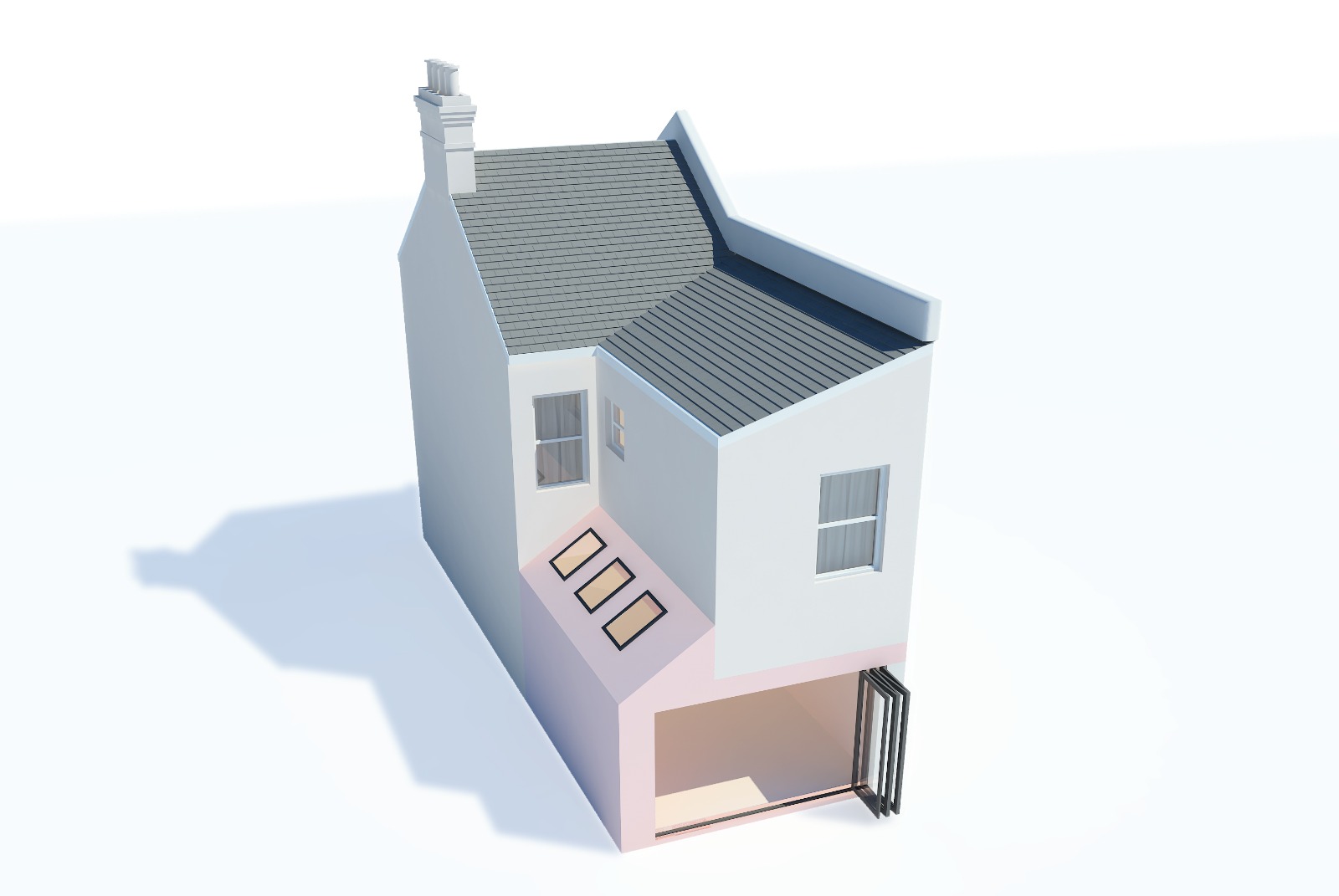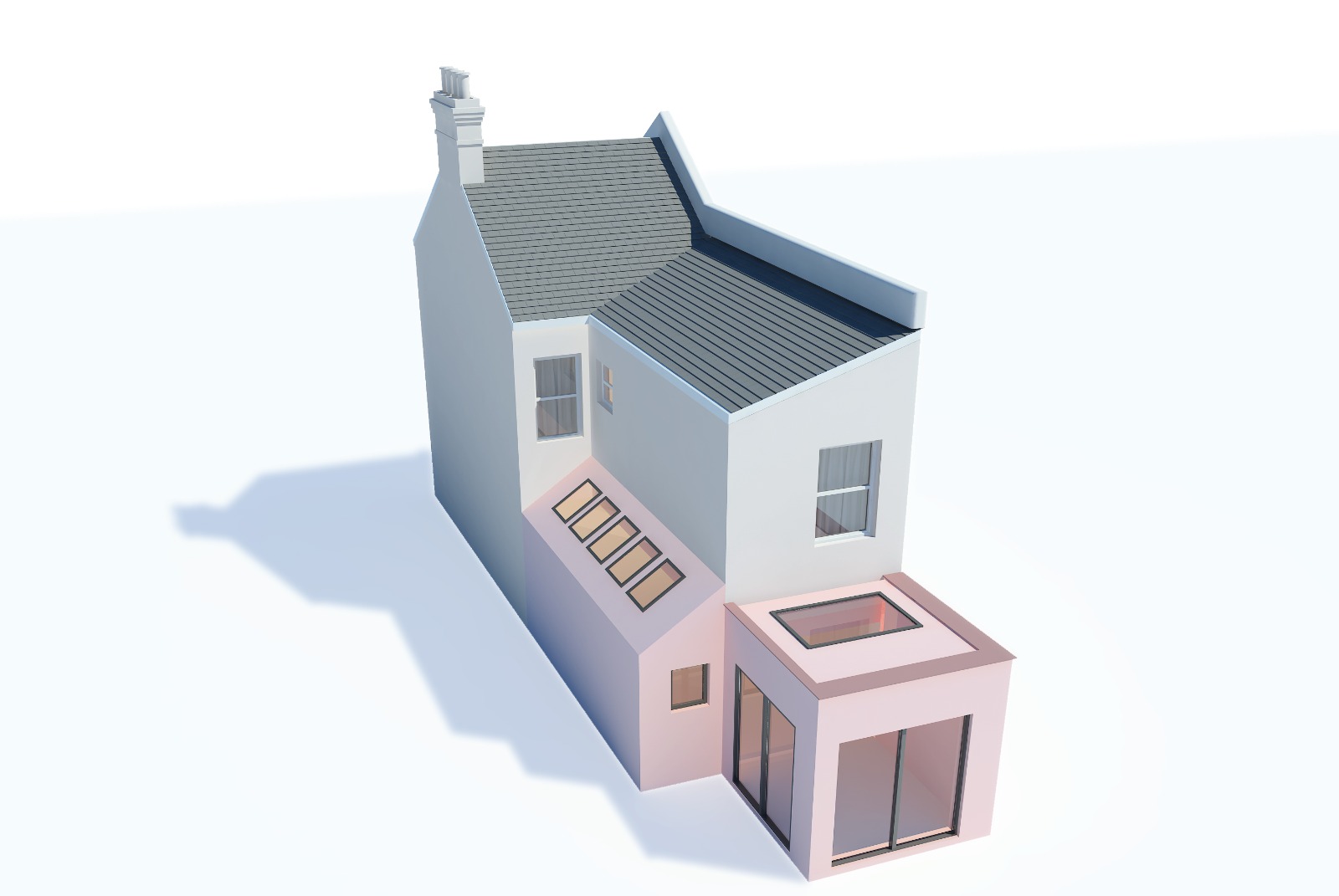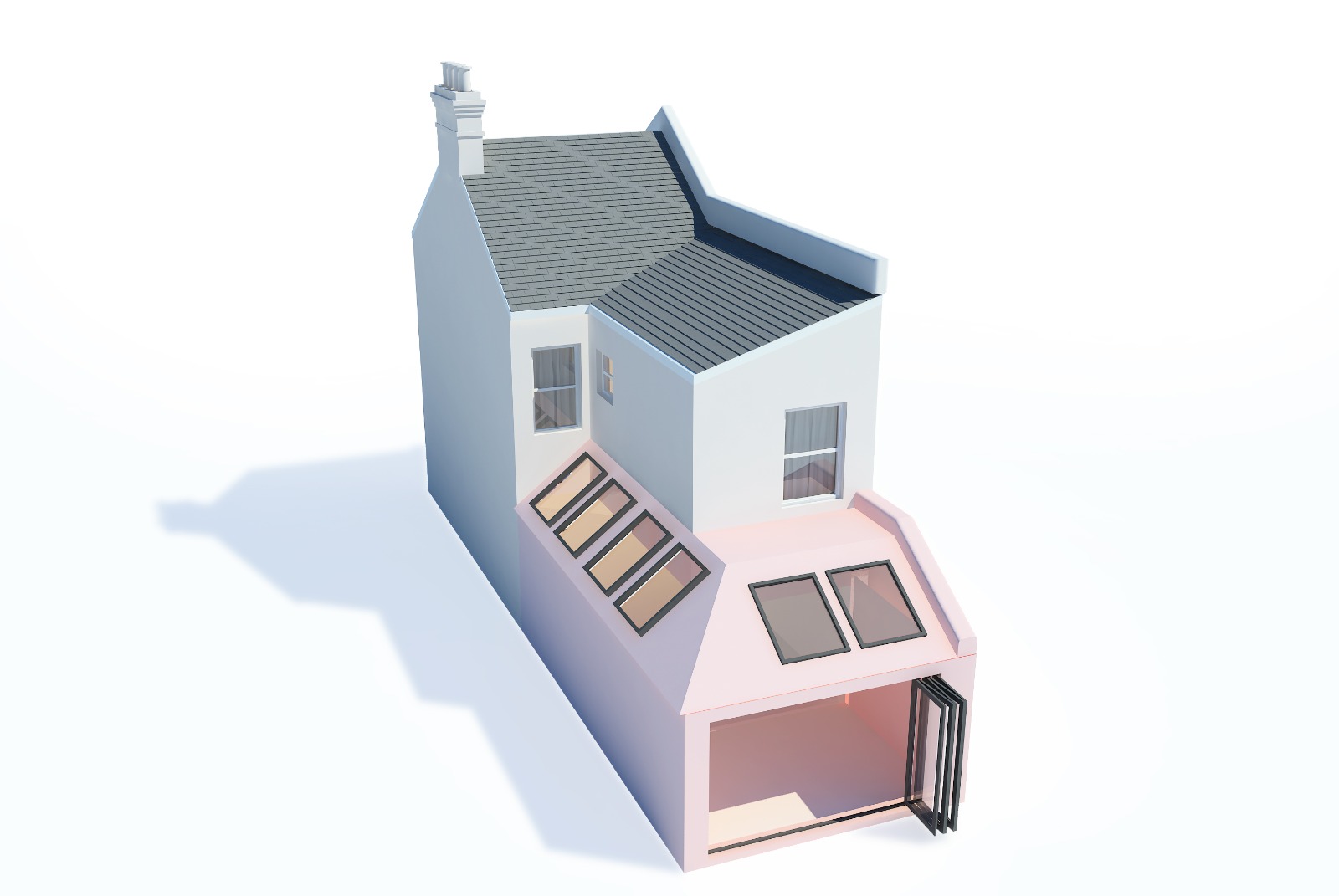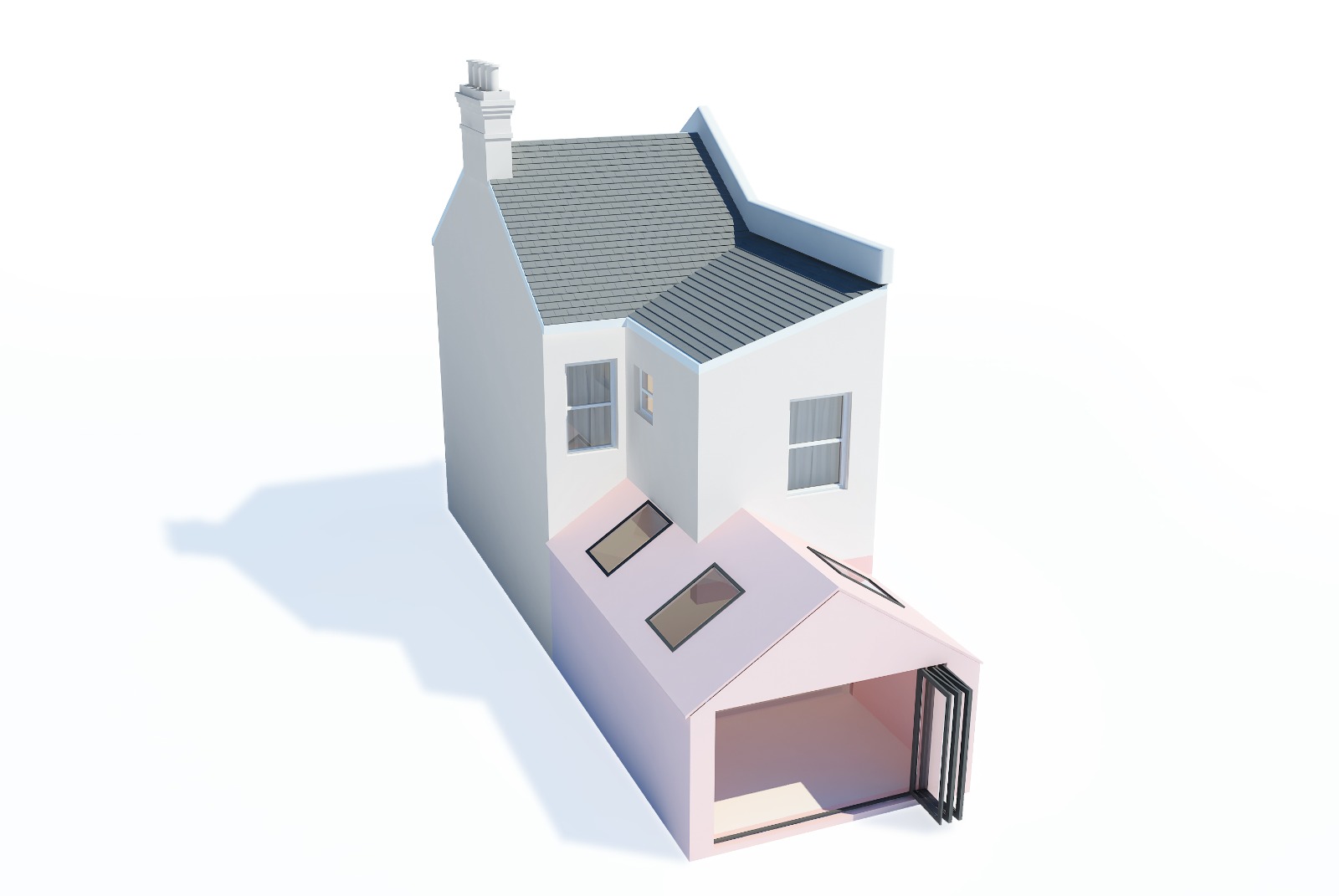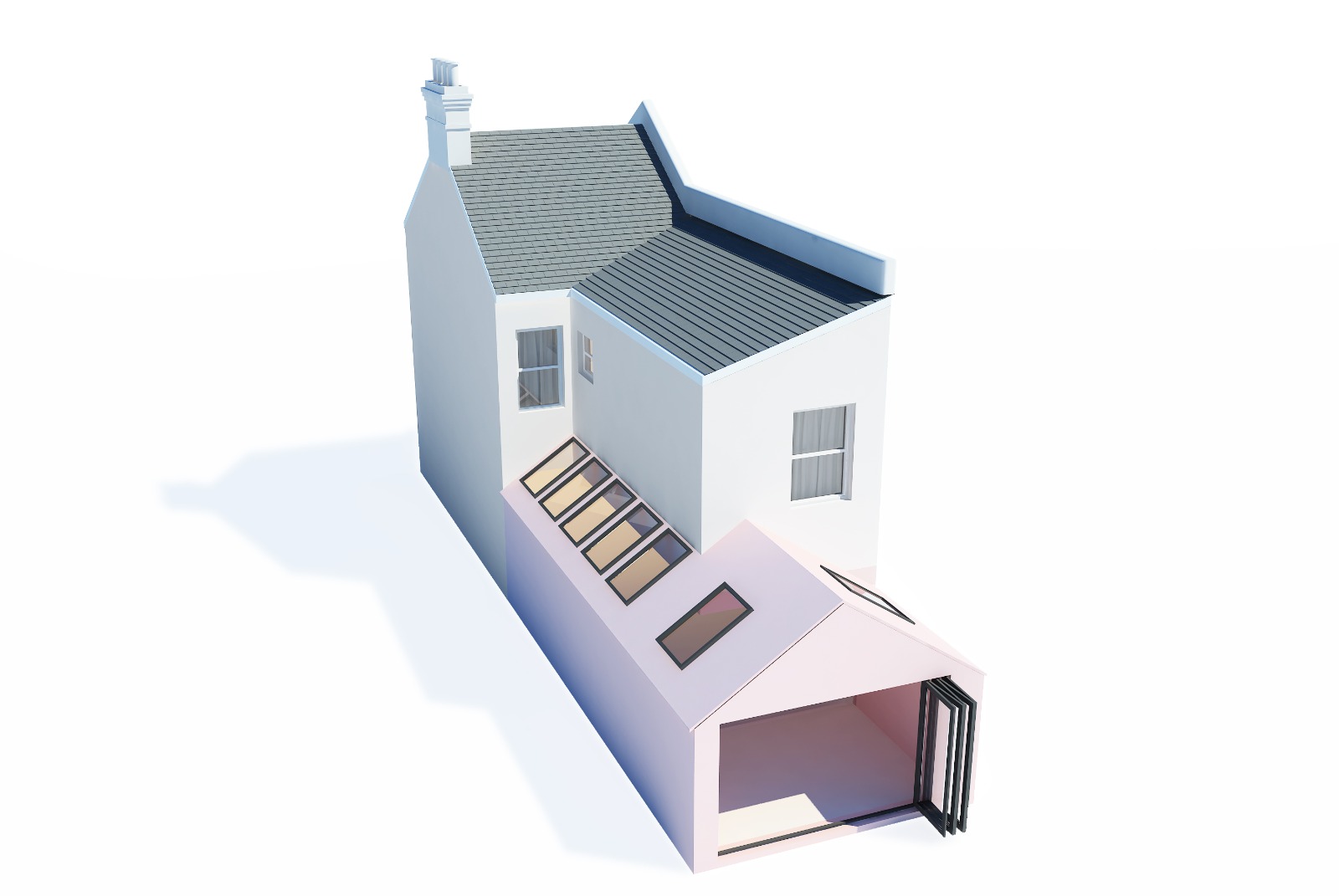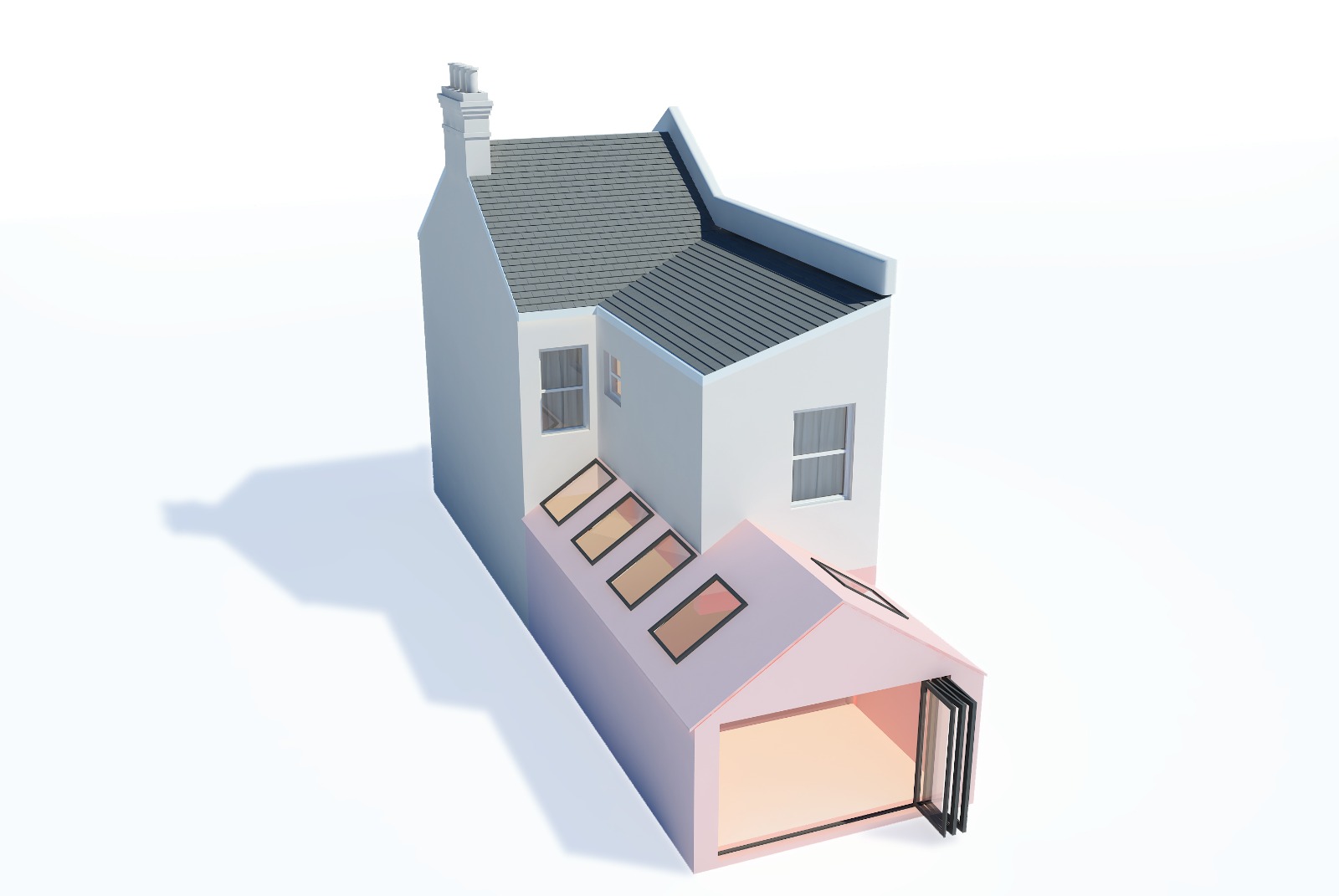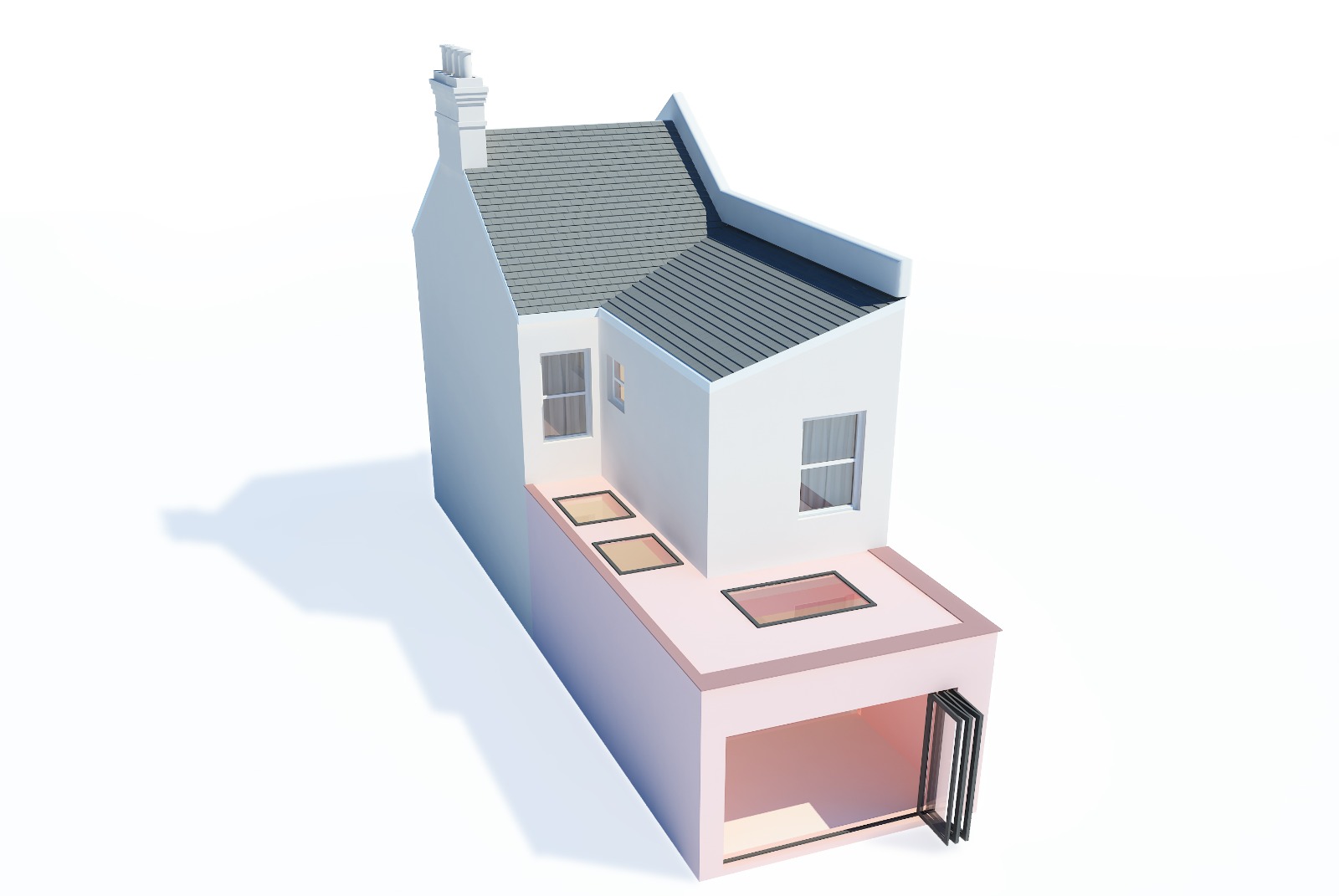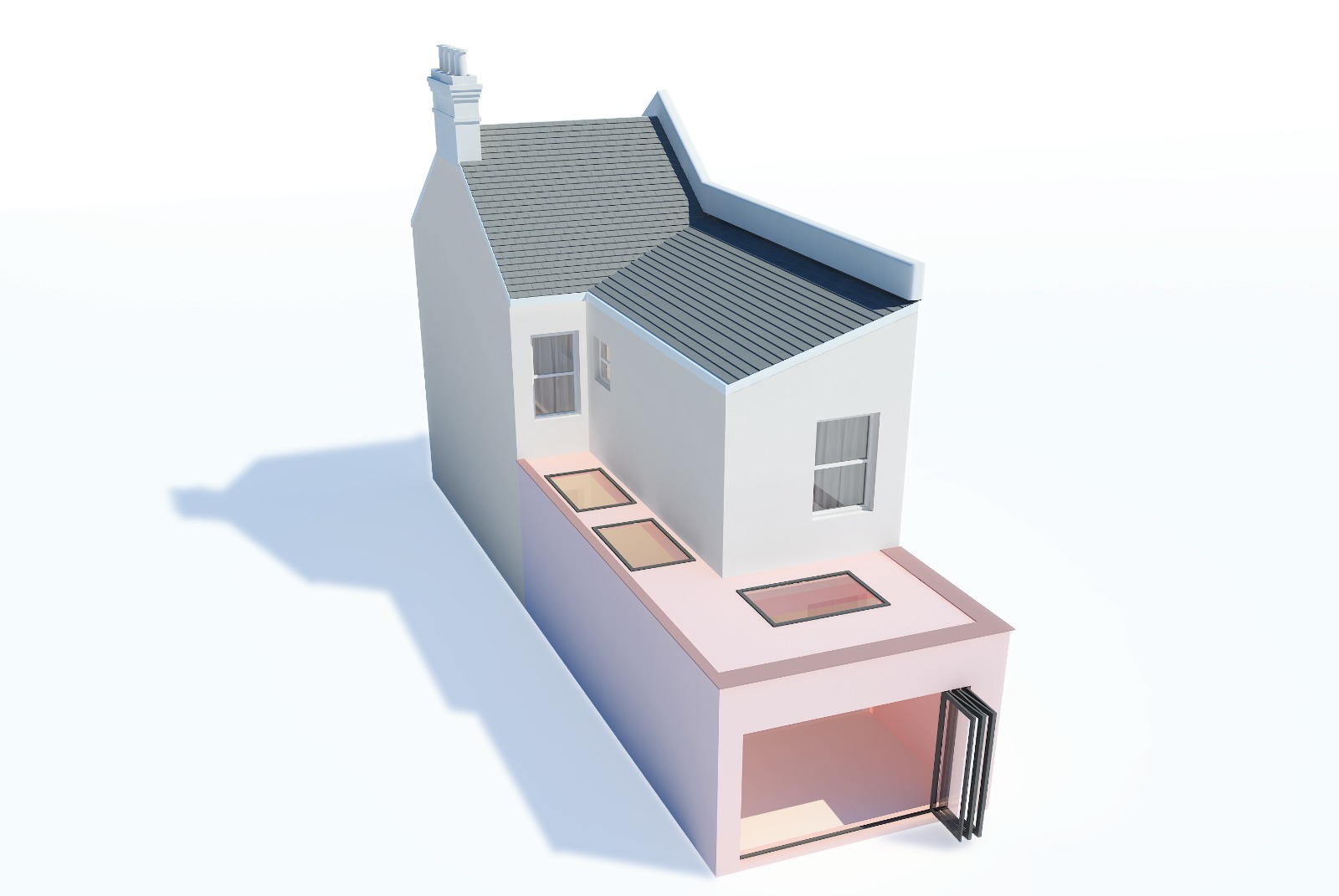In the natural order of house extensions, the first level often paves the way upwards for a second. While most homeowners focus on building on the ground floor, others take this opportunity to double the space without having to splurge too much. Double-storey extensions London offers the perfect solution when you need more space from the limited proportions of urban property. By adding another level to Side Returns, Rear Extensions, and Wraparounds, and garages, you manage to create considerable space. With this additional space, many London homeowners have managed to avoid the more expensive option of moving into a larger home that can be riskier and disruptive to finances and life.
A house extension of quality construction can add 21% to your property value. It also attracts potential buyers as it spares them from the hassle of building work and pursuing planning permission. A 10% increase in floor area can add 5% to the price of your home, according to Nationwide. An extra bedroom can add another 10%, while a bedroom and bathroom together will add 20%. Extending a 2BD terraced house to a 3BD one adds 10%, while a 2BD semi-detached house will see a 12% rise in value.
Single-storey extensions are mostly kitchen extension projects. These often built to the side or the back of the house, expand kitchen dimensions by knocking through walls. They are deemed more affordable than double-storey extensions. It is a common misconception. Growing your home upwards uses a single foundation and roof, instead of two of each, which can cost more. Double-storey extensions are cost-effective. For the amount of space they create, you are spending far less.
Single-storey side return extension builds sideways using up the sliver of garden space that runs alongside the boundary wall. The garden path along the side is a feature of the Victorian terraced house design. A double-storey side extension adds another level to the regular Side Return. For those who do not want to compromise their garden space too much, this is the best space creating solution.
The Single-storey Rear Extension builds onto your back garden. The use of full-width glass sliding doors for these extensions allows more natural light and forms seamless garden-house integration. While a Rear extension can run along the whole width of the property, the upper level can be built to half the size leaving room for a roof terrace or garden.
A Wraparound Extension combines a Side Return and a Rear Extension you can double-up with a second floor. It optimises the space you create with a significant increase in the square footage of your home.
Double-storey extensions not only allow a kitchen extension or addition of a bathroom/WC downstairs but provide space for an extra bedroom or en suite upstairs. If your home can do with much more living space than a large kitchen, you should consider a two-storey extension that will comfortably accommodate a growing family.
Neutral positioning – Most neighbours object to their obstructed natural light due to double-storey extensions in neighbouring properties. By building your upper level right in the middle and leaving the boundary sides bare, you maintain a neutral position. To make the top floor addition seem natural, you can use the same material and colours for the exterior as the rest of the house.
Contemporary finish – If you want your extension to be ultra-modern, you can choose modish material like glass and timber. You can go very bold and use contrasting colours and material for the two levels as well. This feature might need planning permission.
Glazed Side Return – A double-storey Side Return if too narrow, can benefit from glass construction. It also solves the natural light restrictions and creates airy spaciousness. This addition is more suited for living rooms, dining rooms, reading rooms, home offices, home gyms, and work studios.
Complementary – If your home is a period classic, you might want to complement its architectural value by matching building material and roofline to the original house. Pitched tiled roofs with multiple skylights will bring more natural light in, and glazed windows and doors will keep the interior brighter.
Add levels – Instead of stacking one floor on top of another symmetrically, you can choose a stepped two-tiered version that frees up space and looks less restricted.
While all Double-storey Side Extensions require planning permission, Two-storey Rear Extensions have permitted development rights within limitation, such as,
- The extensions cover only half the land area of the property
- Double-story extensions must be no closer than 7m to the rear boundary.
- The extension must not exceed the highest part of the original roof.
- The roof pitch must be similar as possible to the existing house.
- Upper floor windows of the side elevation need to be obscure glazed and non-opening. If openable, the window should be 1.7m above the floor.
- The property must be within a non-conservation area and must be not listed.
- There are no balconies or terraces
Wraparound extensions, too, need planning permission. Our team of experts manages the planning application process to ensure successful approval. You will also need Party Wall Agreements as shared borders are involved in the construction.
Call Good Design & Build today to embark on your dream home improvement project with no fuss and stress. Discover ingenious designs that solve residential space needs with the industry’s top architects, engineers, and skilled builders.
It may vary depending on the size of the extension and the property. A double-storey extension costs £75,000 and above in London. The design, materials used, and intricacy of features decide the overall building cost. These factors also decide the time it takes to complete the project. Excavation and roofing work for a double-storey extension is the same for a single-storey extension, which keeps the construction cost reasonable.
How we deliver projects
Our process is simple and divided into two distinct phases with separate contracts: Design and Build. As a client you only commit to one phase at a time depending on what stage of the process you are in. Each phase consists of three stages as described below.
1. Design
This is the kick-off point for your project. We carry out a complete architectural measured survey of the property. This allows us to create accurate CAD design drawings. This is followed by a design meeting to start discussing your ideas in more detail.
2. Planning
At this stage we finalise the designs with you and start preparing planning applications as needed. We place a high priority on ensuring that plans, designs and schedules are all based on a thorough and detailed understanding of planning guidelines. We co-ordinate with local authorities until the decision is made, and the planning approval is secured.
3. Technical
Once the planning consent is secured, we translate the design drawings into more detailed technical drawings for the purposes of building control and construction. This also includes specifications and structural calculations. At this stage, we will also submit to you our ‘no obligation’ quote for the build phase.
4. Pre-build
90% of our clients decide to stick with us after the design phase is completed. Once the build contract is signed, we kick off the process by making sure all the pre-build processes are complete. These include assistance with party wall agreements, Thames Water build over agreement, submitting building control application, and preparing method statements etc as needed. This stage ends with a pre-start meeting with your foreman before the actual build begins.
5. Build
One of our foremen will be dedicated to your project and will be on-site to manage everyday works. Our project managers will be overseeing the works to make sure they are completed to high standards, within your budget and on time. Throughout the process we will keep you updated with the progress and coordinate the works with third parties such as kitchen or flooring suppliers. We will also advise and guide you to choose any suppliers if needed.
6. Handover
As the build draws to finish, we will help to iron out any ‘snags’ to make sure everything is completed to your satisfaction. We will put together all necessary certificates such as gas, electricity and building control completion along with warranties for glazing, boiler etc. At the final completion meeting, we will hand you these documents, together with the keys to your house. Needless to say, you can contact us any time after this, if you want us to look at something.
This is the kick-off point for your project. We carry out a complete architectural measured survey of the property. This allows us to create accurate CAD design drawings. This is followed by a design meeting to start discussing your ideas in more detail.
At this stage we finalise the designs with you and start preparing planning applications as needed. We place a high priority on ensuring that plans, designs and schedules are all based on a thorough and detailed understanding of planning guidelines. We co-ordinate with local authorities until the decision is made, and the planning approval is secured.
Once the planning consent is secured, we translate the design drawings into more detailed technical drawings for the purposes of building control and construction. This also includes specifications and structural calculations. At this stage, we will also submit to you our ‘no obligation’ quote for the build phase.
90% of our clients decide to stick with us after the design phase is completed. Once the build contract is signed, we kick off the process by making sure all the pre-build processes are complete. These include assistance with party wall agreements, Thames Water build over agreement, submitting building control application, and preparing method statements etc as needed. This stage ends with a pre-start meeting with your foreman before the actual build begins.
One of our foremen will be dedicated to your project and will be on-site to manage everyday works. Our project managers will be overseeing the works to make sure they are completed to high standards, within your budget and on time. Throughout the process we will keep you updated with the progress and coordinate the works with third parties such as kitchen or flooring suppliers. We will also advise and guide you to choose any suppliers if needed.
As the build draws to finish, we will help to iron out any ‘snags’ to make sure everything is completed to your satisfaction. We will put together all necessary certificates such as gas, electricity and building control completion along with warranties for glazing, boiler etc. At the final completion meeting, we will hand you these documents, together with the keys to your house. Needless to say, you can contact us any time after this, if you want us to look at something.
Featured Projects
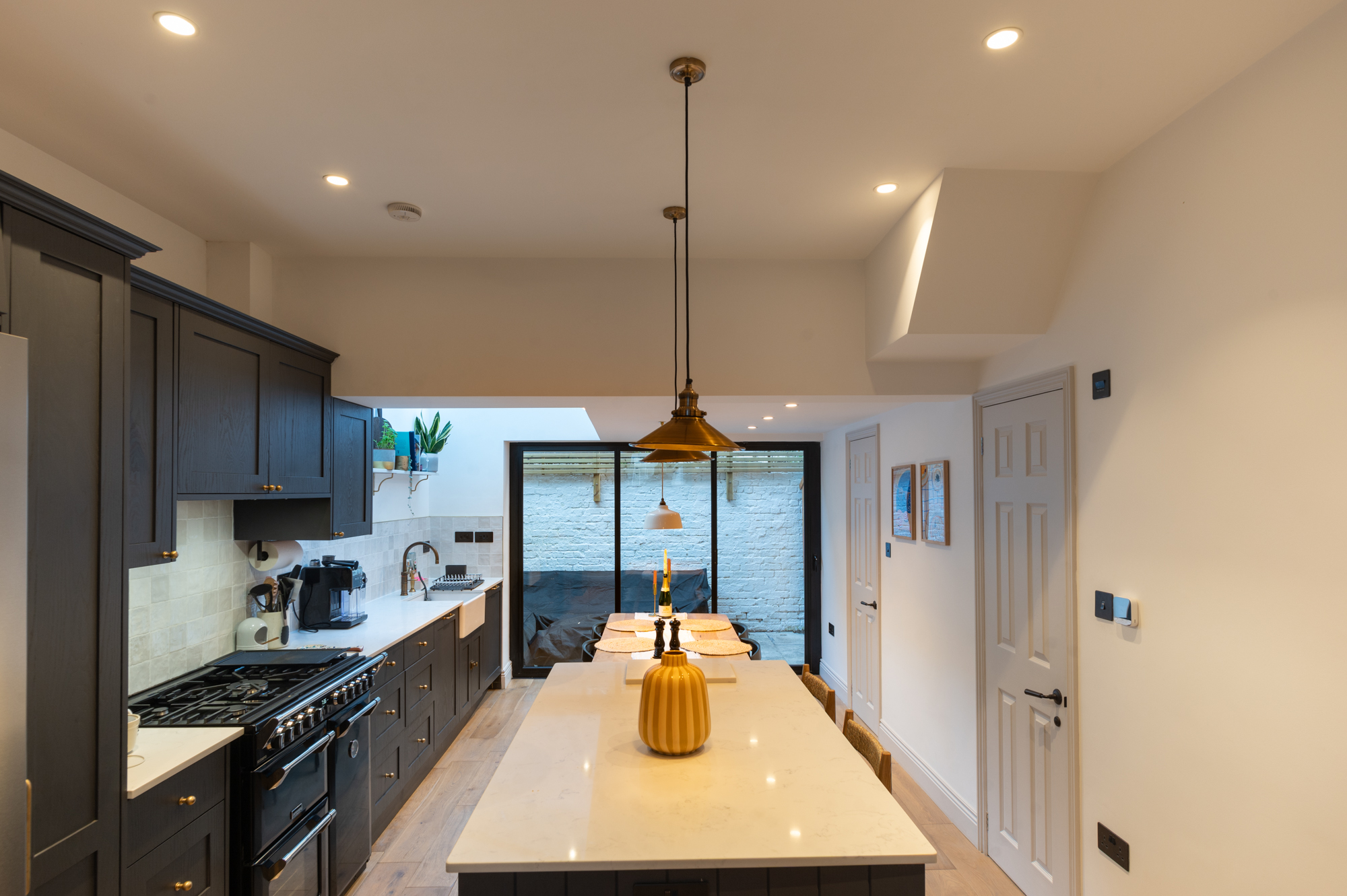
Fulham
Orbain Road SW6 7JZ
This project was completed in 2023 and the approximate budget was £101,000.
Learn more
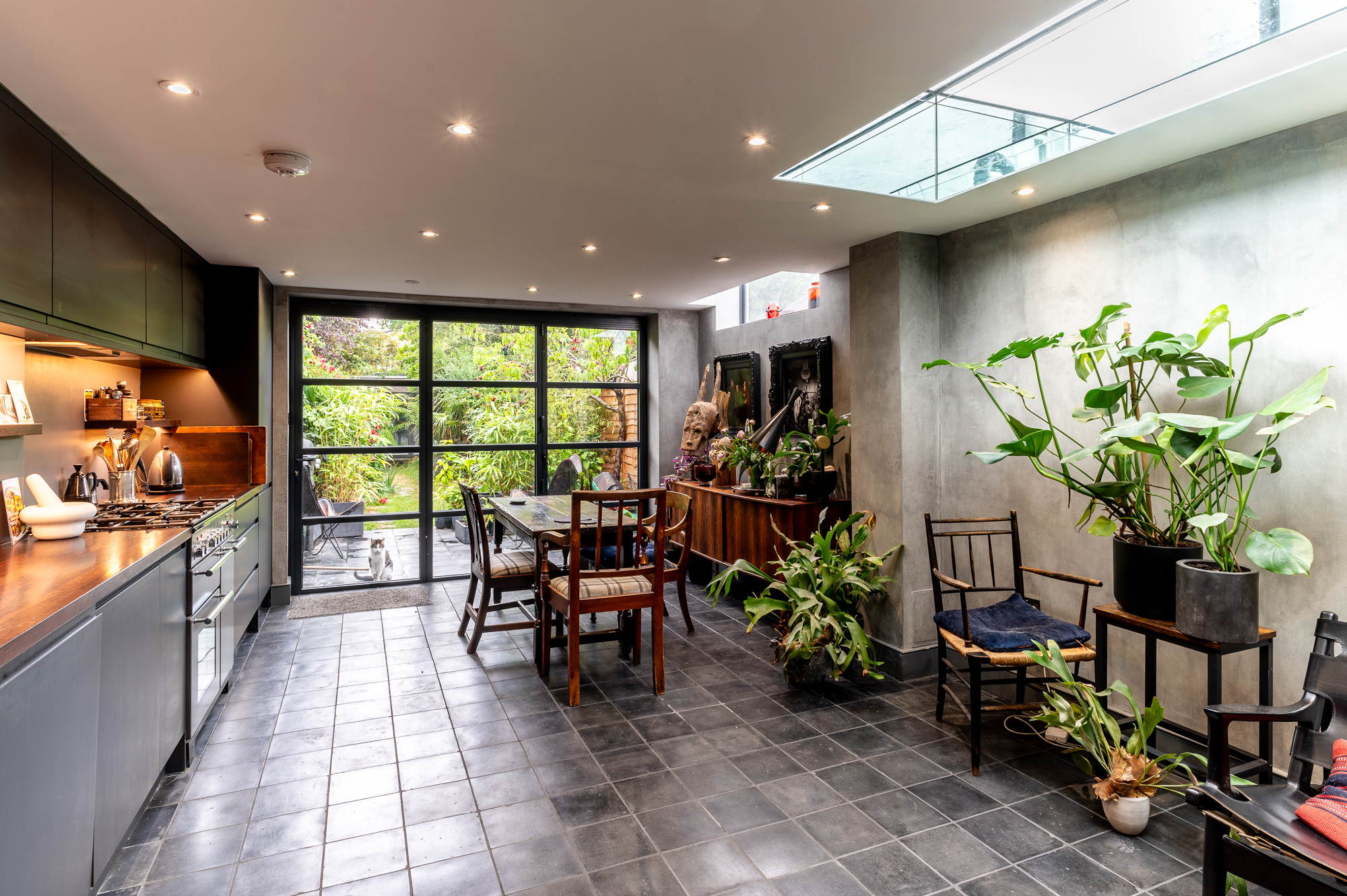
Lambeth
Hetherington Road SW4
We completed this stunning project for our client Angus in Lambeth.
Learn more
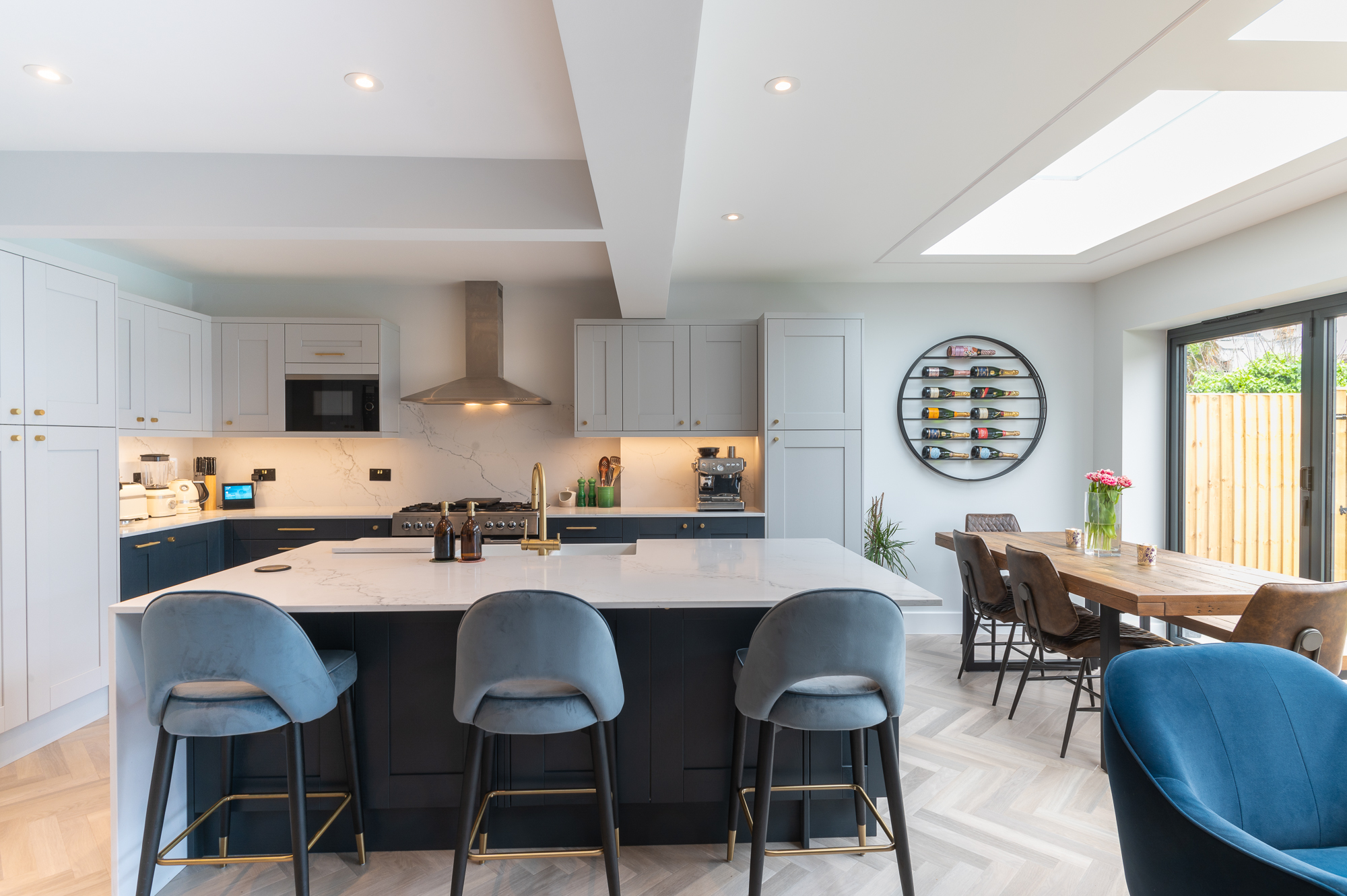
Teddington
Station Road SW4 7PA
We completed this exciting project for our clients on Station Road, a quaint residential area in the heart of Teddington.
Learn more

Leyton
Windsor Road E10
We completed this kitchen extension on Windsor Road, a charming residential street nestled in the heart of Leyton.
Learn more
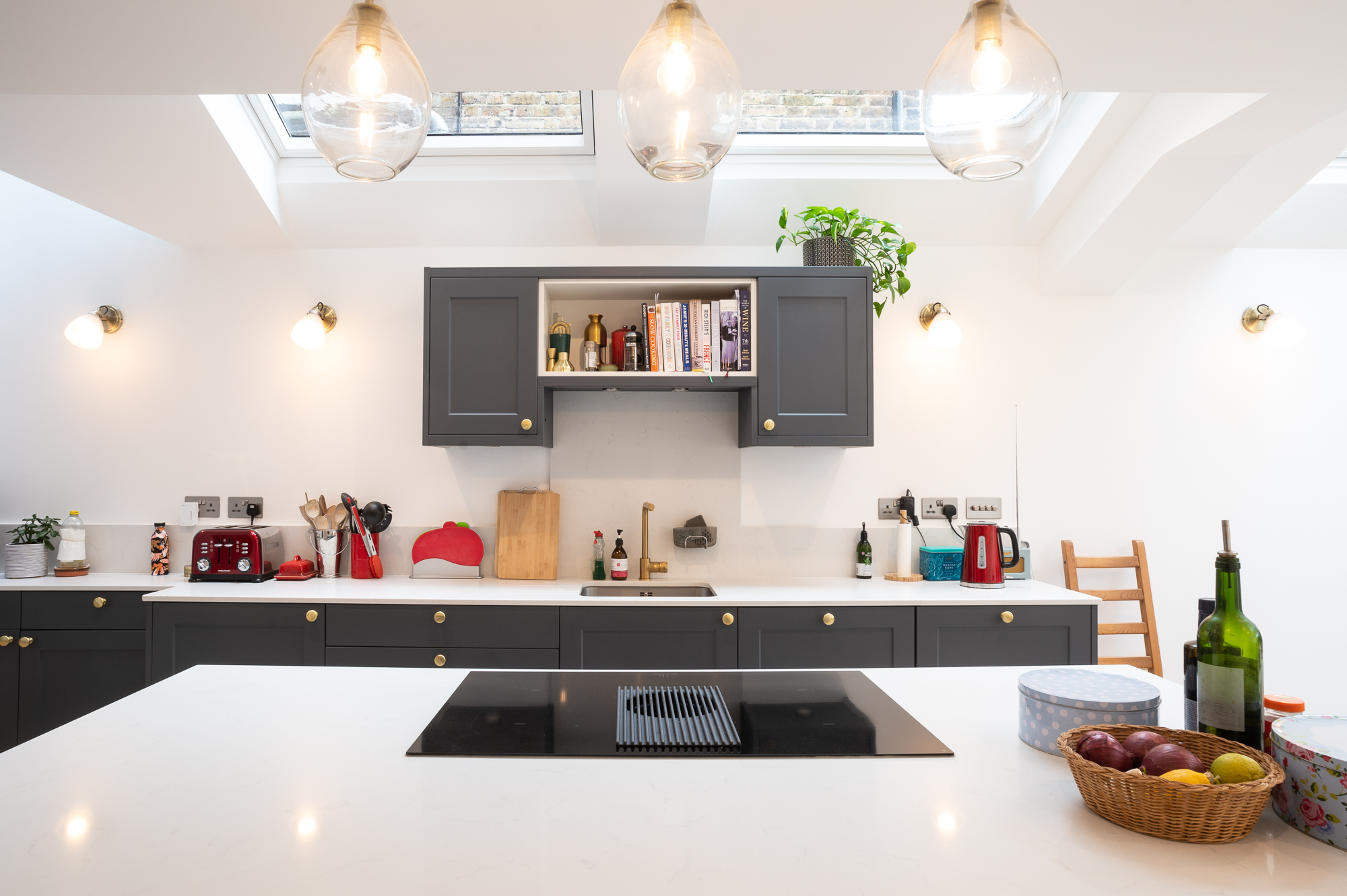
Clapham
Hydethorpe Road SW12 0JF
We did this kitchen extension project for our clients in Hydethorpe Road SW12.
Learn more

Fulham
Orbain Road SW6 7JZ
This project was completed in 2023 and the approximate budget was £101,000.
Learn more

Lambeth
Hetherington Road SW4
We completed this stunning project for our client Angus in Lambeth.
Learn more

Teddington
Station Road SW4 7PA
We completed this exciting project for our clients on Station Road, a quaint residential area in the heart of Teddington.
Learn more

Leyton
Windsor Road E10
We completed this kitchen extension on Windsor Road, a charming residential street nestled in the heart of Leyton.
Learn more

Clapham
Hydethorpe Road SW12 0JF
We did this kitchen extension project for our clients in Hydethorpe Road SW12.
Learn more
What Our Clients Say
Build a Quote!
Let's get started with building your own bespoke quote for your dream extension. Tell us as much in detail as possible to get most accurate price.
Get StartedBuild a Quote!
Let's get started with building your own bespoke quote for your dream extension. Tell us as much in detail as possible to get most accurate price.
Get Started


